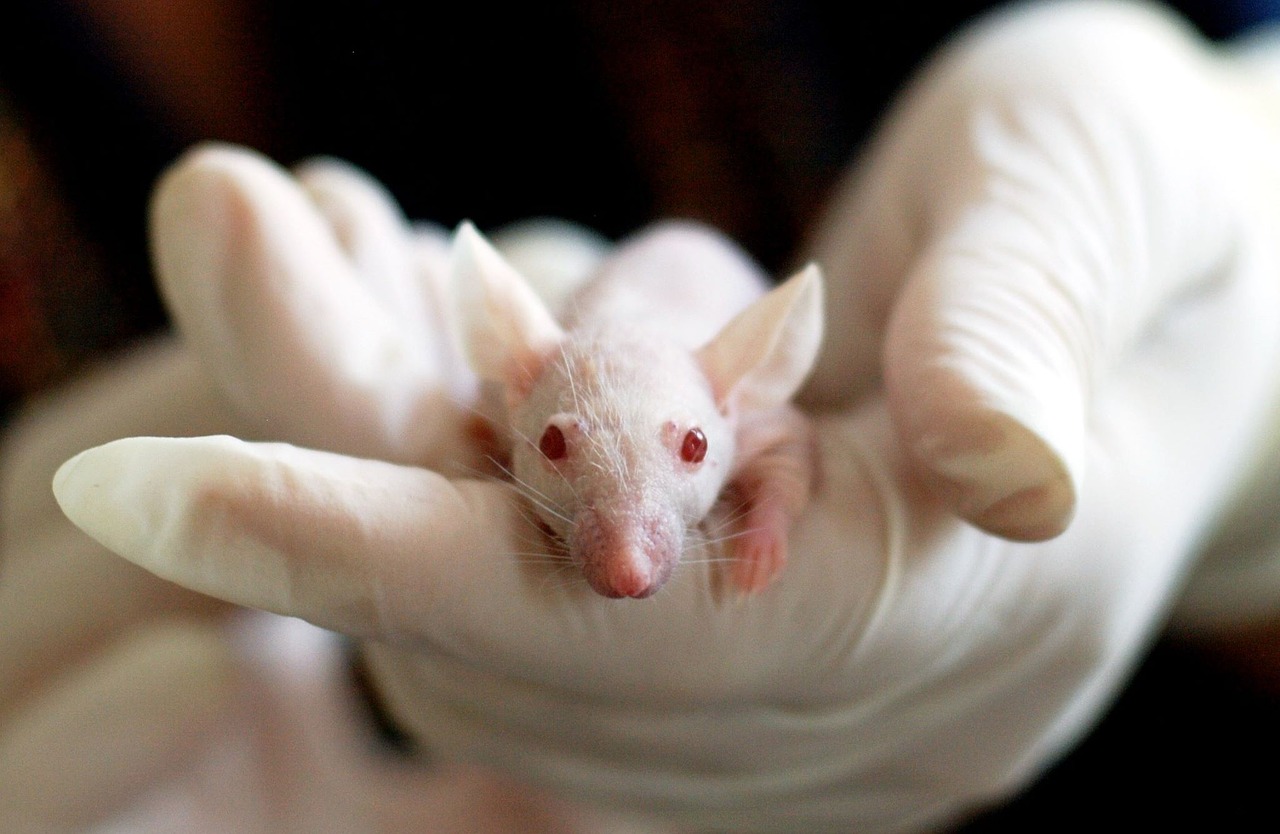The Brave New World of 3D Printed Bioprosthetic Organs
May 17, 2017
Combine researchers from the Northwestern University Feinberg School of Medicine and McCormick School of Engineering and what do you get? Fully functional ovary structures that actually ovulate!
This research team was able to construct a 3D printed bioprosthetic ovary structure and implant it in a mouse. This mouse was able to ovulate, give birth to health pups, and nurse its young.
This bioprosthetic is a 3D printed scaffolding-like structure that houses immature eggs. These doctors and scientists were successful in boosting hormone production as well as restore fertility in mice. Although only in mice, this is a huge step in the right direction to help many women across the world.
Two main components separate this from other 3D printed structures. The first is the architecture of the scaffold and the second is the material. The material is gelatin. This gelatin is made from broken-down collagen that is safe to use in humans. At the start of this research, the scientists knew the material had to be tough enough to withstand being handled during surgery, yet permeable enough to allow natural interaction with the body.
“Most hydrogels are very weak, since they’re made up of mostly water, and will often collapse on themselves,” Shah said. “But we found a gelatin temperature that allows it to be self-supporting, not collapse, and lead to building multiple layers. No one else has been able to print gelatin with such well-defined and self-supported geometry.”
The “well-defined and self-supported geometry” was one of the great discoveries in this study. They succeeded in finding a structure that helps the hormone-producing support cells that surround an immature egg cell survive in the ovary. They found that the Ovarian follicles survival is dependent on multiple contacts in this scaffolding-like structure. The scientists layered a series of 30, 60, and 90 degree angles finding that the ovarian follicles had a better rate of survival in the 30 and 60-degree angles where they could come in contact to the gelatin multiple times.
The scaffold supports the survival of the mouse’s immature egg cells and the cells that produce hormones. This open scaffolding-like structure allows room for the egg cells to mature and ovulate as well as blood vessels to form within the implant allowing hormones to circulate within the mouse’s bloodstream and trigger lactation after giving birth.
More information: A bioprosthetic ovary created using 3D printed microporous scaffolds restores ovarian function in sterilized mice, Nature Communications (2017). Nature.com/articles/doi:10.1038/NCOMMS15261
Explore Other Blog Items By Category
Recent Posts


Surgical Microscope Rentals

